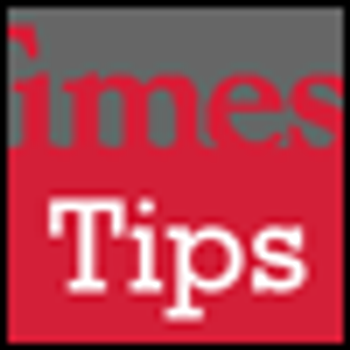
Staying empathic and keeping the conflict within the patient instead of between the patient and health care provider, is a key to successful management.


Staying empathic and keeping the conflict within the patient instead of between the patient and health care provider, is a key to successful management.

Adequate treatment of the underlying psychiatric illness consistently appears to be the most effective use of medication in suicidal patients.

Here we list important points to keep in mind when assessing and treating patients who self harm.

Mostly prose with effective inclusion of poetry, author Jill Bialosky adds an important survivor’s perspective in her book of her sister's suicide. To clinicians in particular, the book may serve as a window into the psychic lives of those left behind following a tragic end.

The purpose of suicide risk assessment is to identify treatable and modifiable risks and protective factors that inform the patient’s treatment and safety management requirements.

Psychache (sīk-āk), a neologism coined by suicidologist Edwin Shneidman, is unbearable psychological pain-hurt, anguish, soreness, and aching.

"I'm all over it, because I'm looking for something to help," declared Army Vice-Chief of Staff General Peter W. Chiarelli, quoted in USA Today News September 20, in his response to a study finding an increased risk of suicide in US military personnel with low Omega-3 fatty acid serum levels.

Describing herself as “strangled by debt” and “unable to deal with [the] school system” that had provided education for her special-needs son, psychiatrist Margaret Jensvold, MD, recently killed her 13-year-old son and then committed suicide.

President Obama announced that he would begin sending letters of condolence to the families of troops who kill themselves in combat zones. He noted that this was a decision that was made after a difficult and exhaustive review of the former policy.

The suicide rate in the US military has steadily climbed over the past 5 to 7 years despite aggressive efforts by the military and the mental health community to counter this trend.

According to the American Foundation for Suicide Prevention, more than 34,000 Americans die by suicide annually. Of these, 10% have never been given a psychiatric diagnosis.

Researchers are developing a scale to measure a clinically identified emotional “trigger state” that puts individuals with suicidal ideation at increased risk of acting on their ideations.

In the second in his series of podcasts, Dr Phillip Resnick answers questions psychiatrists often ask about assessing the risk of violence.

In the first in a series of brief podcasts, Dr. Phillip Resnick answers questions often asked about assessing risk for suicide and violence.

During what season is suicide most common among college students? These questions and more in this week's quiz.

I recently shared a research article on “no-suicide contracts” with a colleague who is very knowledgeable about suicide. That article concluded--as virtually all the previous literature had-that use of suicide prevention contracts (SPC) remains a questionable clinical practice intervention.

Childhood and adolescent bullying-and, recently, cyberbullying-is a major public health problem with potentially devastating consequences. In any prevention effort, students need hope and to learn the skills to end the abuse, as described here.

In this podcast, Dr Caine discusses the many issues associated with suicide and touches on specific articles in this Special Report.

Major mood disorders have been associated with increased suicidal behavior. This is especially true in patients with a mixed, manic-depressive, or dysphoric-agitated state.

Emerging research suggests that some individuals with particular types of substance use and abuse may be more likely to engage in suicidal behaviors. For example, those who use opiates, cocaine, or sedatives may have a noticeably higher risk of suicide than those who use other drugs.

What goes on in the minds of those who attempt suicide? Here: a psychologist who explores the myths that surround suicide notes "We need to get it in our heads that suicide is not easy, painless, cowardly, selfish, vengeful, self-masterful, nor rash."

The following is a transcript of a podcast by Dr James Lake.

Since the 1980s, there have been growing concerns that chronic cholesterol depletion may actually increase noncardiovascular deaths by suicide and violence-related deaths.

On the morning of September 28, sophomore math major Colton Tooley donned a mask, grabbed an AK-47, and began a shooting spree on the University of Texas campus.

Two recent studies by Harvard psychologists deliver promising data from 2 tests that may help clinicians predict suicidal behavior. The markers in these new tests involve a patient’s attention to suicide-related stimuli and the measure of association with death or suicide.